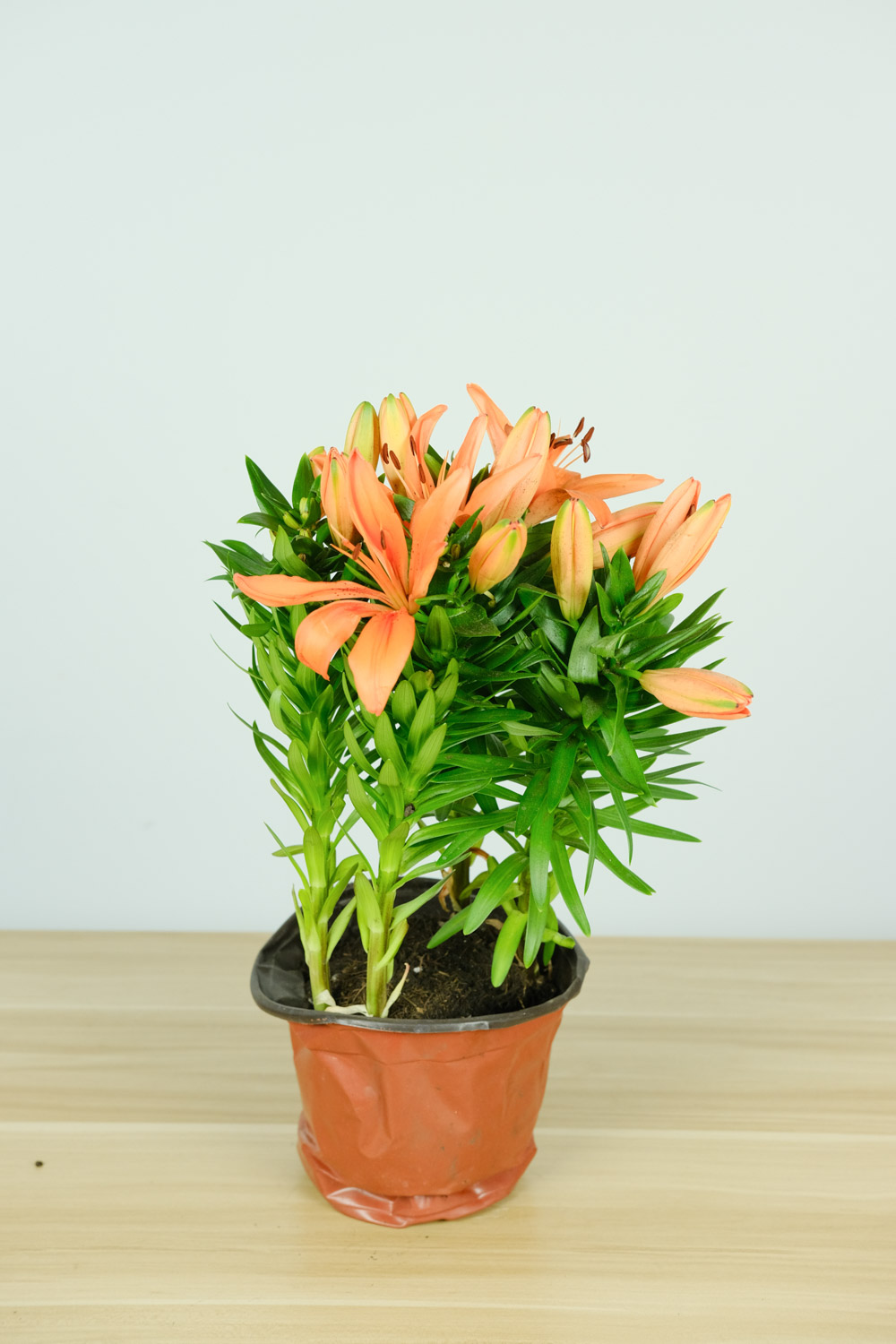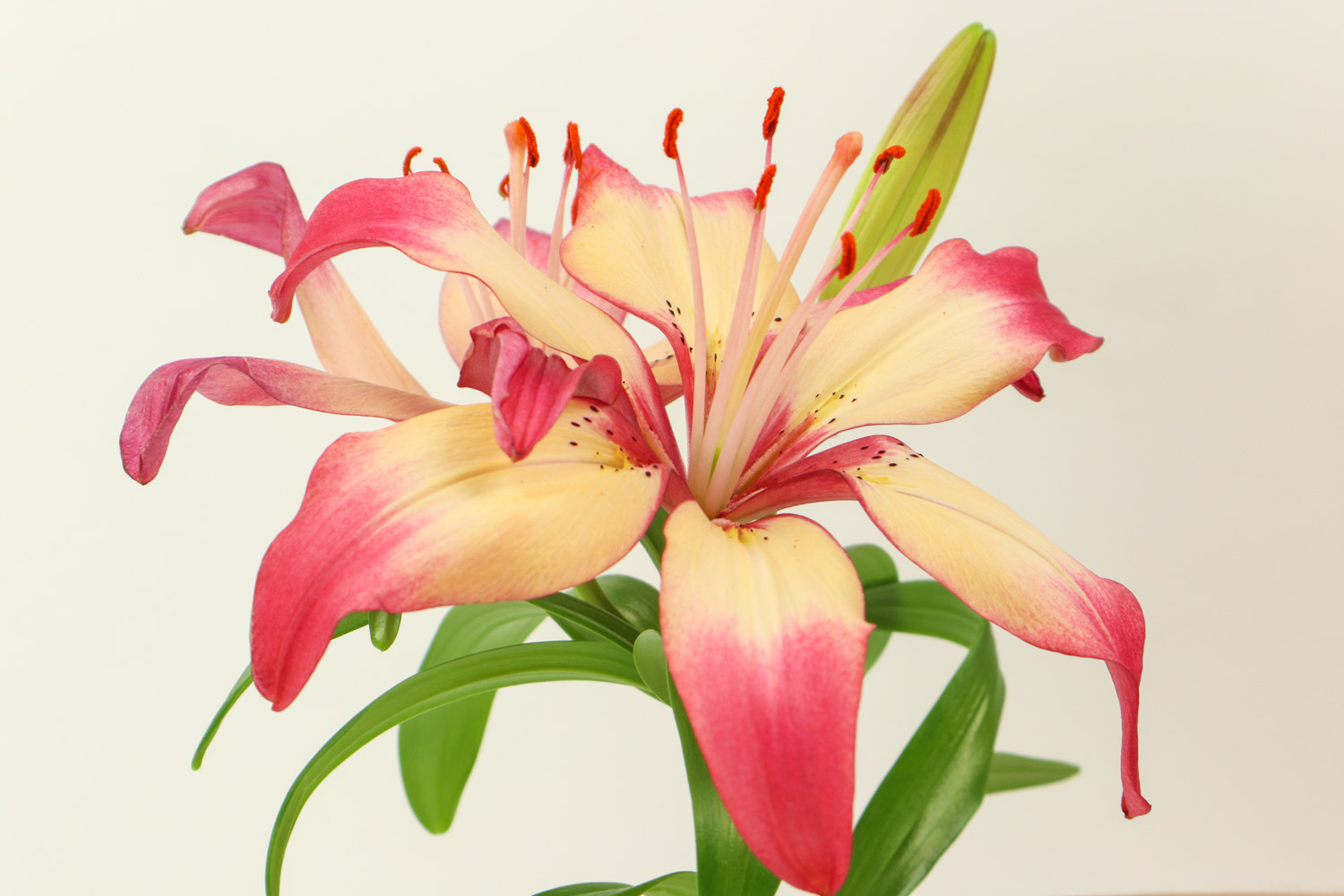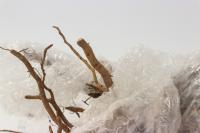1、 Curing method
1. Soil quality: Narcissus lily has low requirements for soil quality. Generally, rotten branch and leaf soil can be selected. However, before planting, the soil should be disinfected, carbendazim should be evenly scattered in the soil, covered with a film and dried in the air for about ten days

2. Moisture: it likes drying and is afraid of humidity. It is not suitable for watering and sleeping too much. Just keep the soil moist. When the soil epidermis is dry, spray some water with a small watering can
3. Nutrient: it does not need much fertilizer in quantity and times, as long as it is applied once before flowering. Its demand for fertilizer is not high. It can also promote its growth by loosening the soil and weeding more at ordinary times

4. Light: it likes to grow in a sunny environment and needs to be exposed to the sun for a long time. A short exposure time will affect the breeding of flowers. However, it should also be noted that strong light can not be seen. Strong light can cause burns to branches and leaves
2、 Breeding skills
1. Pruning: because it has many branches and leaves, it needs to prune the redundant branches and leaves from time to time. There are many branches and leaves, and they are easy to wither and yellow. Trim the branches and leaves in time to maintain good growth
2. Propagation: generally, it is propagated through seed balls, select good seed balls, then dry them, fully disinfect the soil layer, and then plant them in the soil

3、 Diagnosis and treatment problems
1. Spot disease: the common disease of cultured Narcissus lily is spot disease. At this time, the branches and leaves with spot disease need to be removed. Then use the wettable powder of mancozeb to dilute with water, and spray its branches and leaves
2. Rotten roots: it is mostly caused by poor air permeability and poor drainage of the soil layer. Therefore, the soil with good drainage and good air permeability should be selected before planting to avoid this situation

4、 Other issues
1. How to spend the winter: it needs to be cultured indoors in winter. Narcissus lily is a good plant for breeding. In winter, the temperature can be between three and five degrees Celsius
2. Whether it can be placed indoors: it can be placed indoors for breeding. It has high ornamental and convenient planting. As long as you choose a ventilated and bright place


 jackfruit
jackfruit snake plant
snake plant hibiscus
hibiscus hydrangea
hydrangea lavender
lavender Green roses climb al...
Green roses climb al... If you don't pay att...
If you don't pay att... Management of four g...
Management of four g...

































